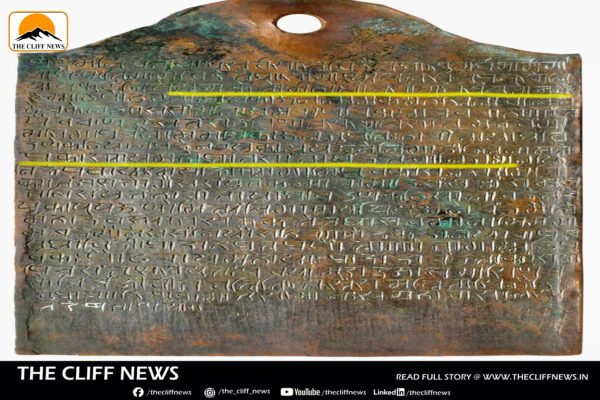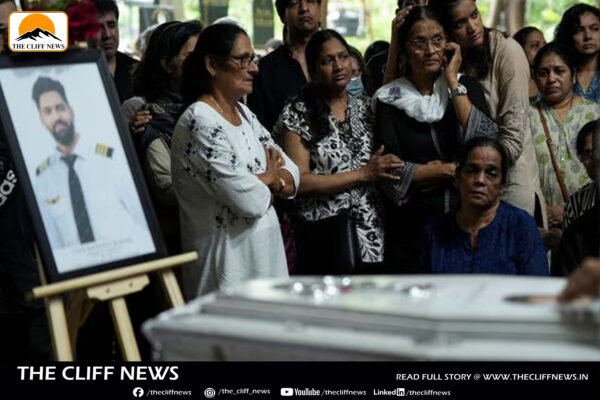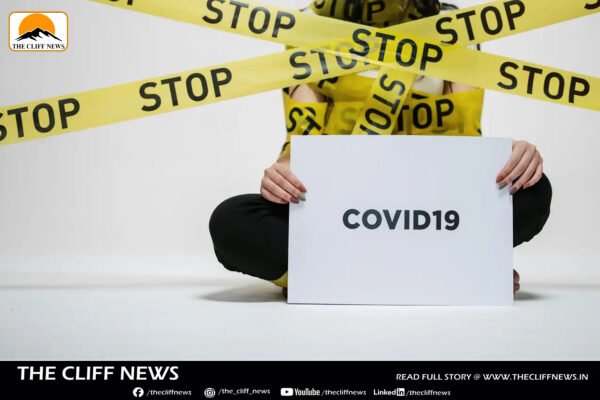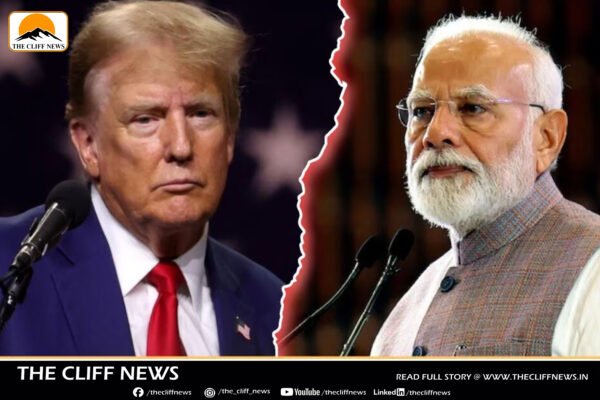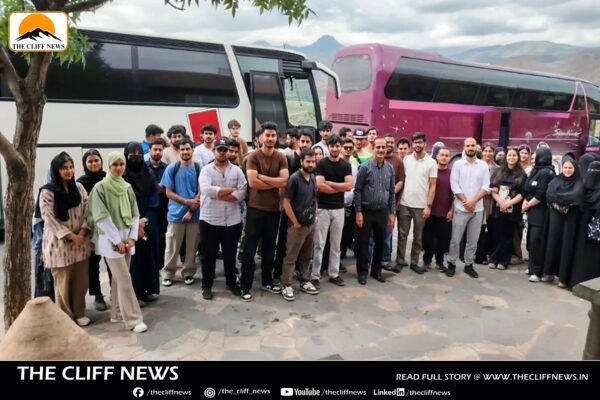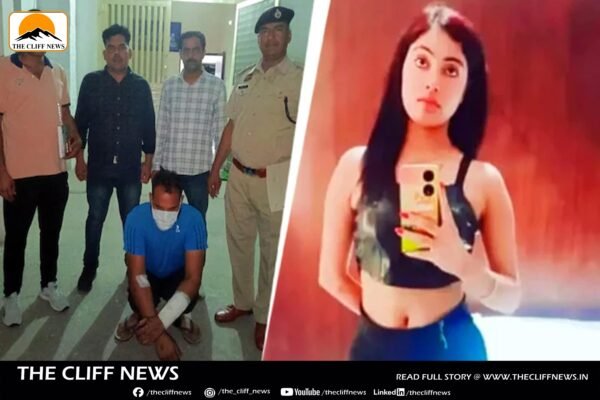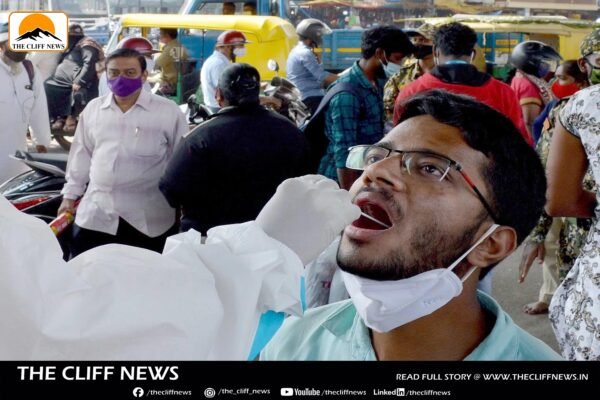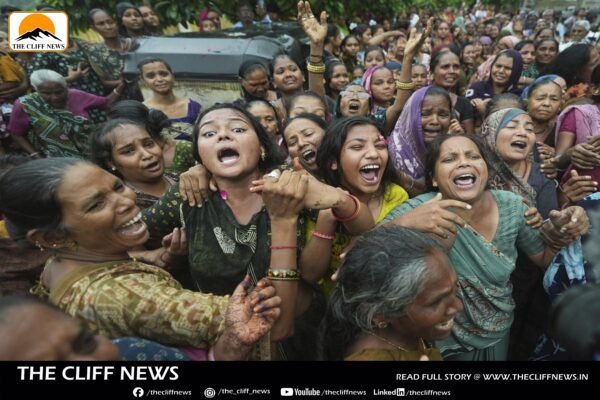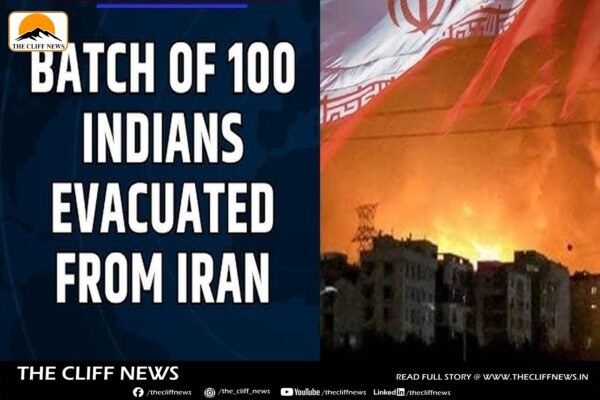First Epigraphical Reference to Halley’s Comet in India Found in 1456 CE Copper Plate from Vijayanagara Era
In a landmark discovery for Indian epigraphy and astronomical history, a 1456 CE copper plate inscription from the Vijayanagara period has been identified as the first known Indian epigraphical reference to Halley’s comet. The copper plate, part of a set of 21 charters preserved at the Sri Mallikarjunaswamy temple in Srisailam, Andhra Pradesh, contains a Sanskrit inscription in Nagari script that describes the appearance of a comet and a meteor shower, historically corresponding to Halley’s comet’s 1456 passage. The discovery was announced by Dr. K. Munirathnam Reddy, Director of the Epigraphy Branch, Archaeological Survey of India (ASI). The inscription records a land grant made by Vijayanagara ruler Mallikarjuna on Śaka 1378, Dhātru Āshāḍha ba. 11, which corresponds to Monday, June 28, 1456 CE. Comet as Calamity: A Celestial Event Inspires a Grant According to the inscription, the grant was issued “in order to mitigate the great calamity believed to arise due to the appearance of a comet (dhūmakētu mahōtpāta śāntyartham)” and a related meteor shower. The king donated the village of Simgapura, located in Kelajhasima of Hastinavati Vemṭhe, to a Brahmana named Limgaṇarya, a Vedic scholar from Kaḍiyalapura—likely present-day Kaḍiyapulanka in Cuddapah district, Andhra Pradesh. Dr. Reddy explained that the recipient was likely well-versed in astronomy, aligning with the context of the donation, which was explicitly made “to pacify the calamities that may arise due to the illuminating comets and meteor shower upon the king and his kingdom” (Prakāśyāya mahōtpāta śāntyartham dattavān vibhuḥ). Significance of the Discovery While comets (dhūmakētus) have long been referenced in ancient and medieval Indian texts, including Puranas and Jyotisha literature, this inscription marks the first physical epigraphical record of such an event. What lends it historical weight is that the date of the inscription precisely matches the year 1456 CE, which modern astronomy has confirmed as one of Halley’s comet’s documented returns. Dr. Reddy remarked, “What makes this particularly significant is that the year mentioned in the inscription and the reference to the comet’s appearance matches the year in which Halley’s comet was later established to have appeared.” Historically, across cultures, comets and meteor showers have been viewed as harbingers of misfortune, and in many cases, kings and rulers conducted religious rituals or issued grants to avert perceived cosmic threats. Next Steps: Publication and Preservation The reference was discovered during line-by-line editing of 21 unpublished copper plate charters comprising 78 copper leaves. Dr. Reddy confirmed that these important documents will soon be published in book form, offering a valuable resource for historians, astronomers, and scholars of South Indian epigraphy. This inscription is a rare convergence of astronomy, religion, politics, and history, providing a tangible link between medieval Indian belief systems and global celestial phenomena like Halley’s comet.
